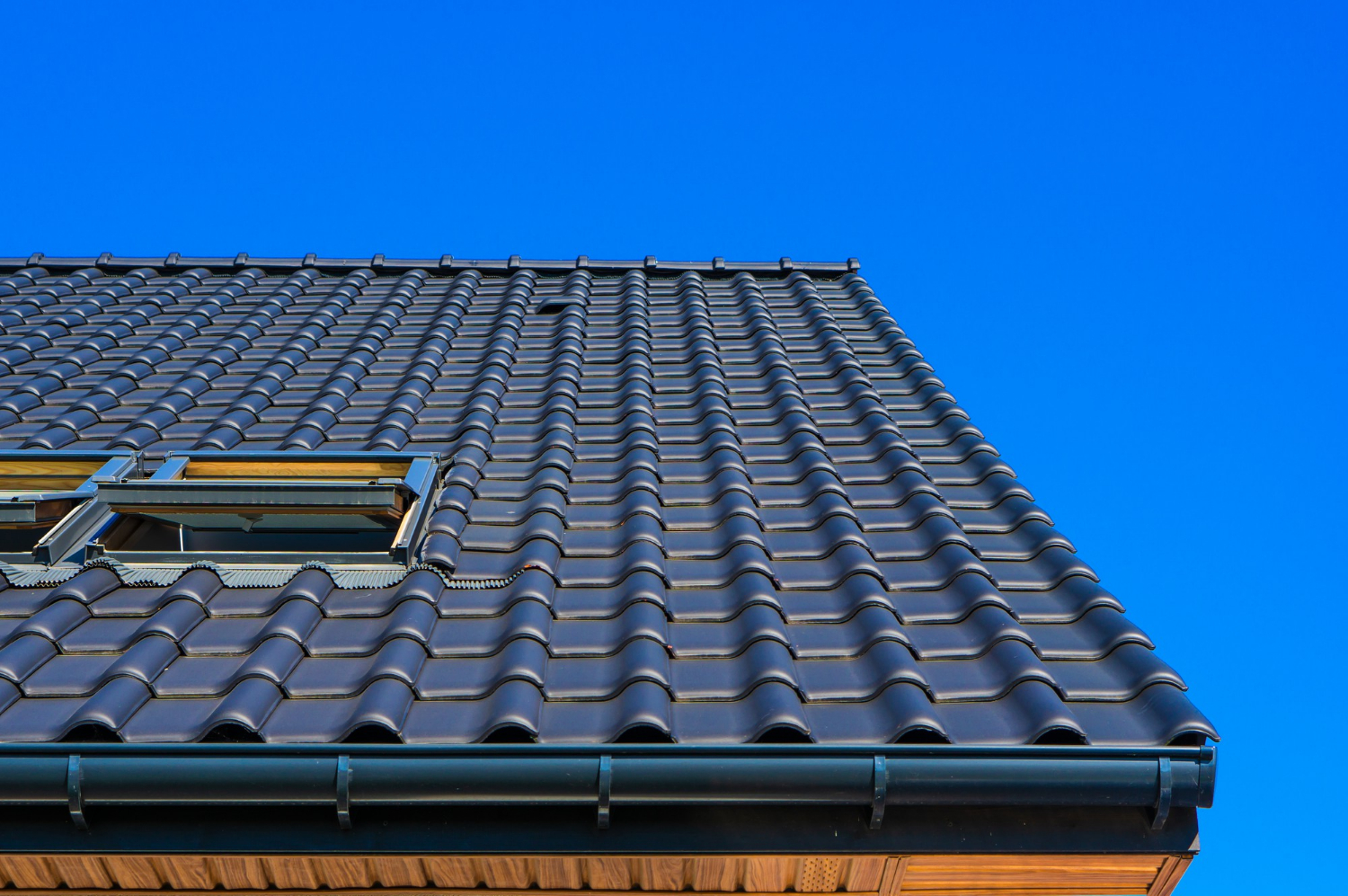In the pursuit of sustainable urban living, green roofs have risen to prominence as innovative solutions that marry architecture with nature. Beyond their aesthetic appeal, these living rooftops offer a multitude of benefits, from mitigating urban heat islands to improving air quality and providing habitats for local wildlife. Smart Roofing Systems is a renowned name that provides quality roofing and siding projects at competitive pricing to make your place look incredible and practical.
This detailed guide will provide you with a detailed procedure to create a green roof, helping you transform your building into a thriving and eco-friendly oasis. But before we move further, let’s discover what exactly are green roofs and what are their benefits and purpose of installation.
Green Roofs: An Ecological Marvel on Urban Skylines
Green roofs are vegetated rooftop systems that incorporate layers of plants, growing medium, and specialized infrastructure to create a living, breathing extension of a building. They can range from simple sedum-covered roofs to more intricate gardens, depending on the design, intended purpose, and available space.
Advantages of Green Roofs:
Environmental Benefits
- Improved Air Quality: Green roofs absorb pollutants and release oxygen, contributing to cleaner air in urban environments.
- Carbon Sequestration: Plants on green roofs capture carbon dioxide, mitigating greenhouse gas emissions and combatting climate change.
Energy Efficiency:
- Temperature Regulation: Green roofs act as natural insulators, reducing heat transfer and helping regulate indoor temperatures.
Stormwater Management:
- Water Absorption: Green roofs absorb rainwater, preventing excessive runoff and reducing strain on stormwater systems.
- Flood Prevention: By slowing down the flow of water during heavy rainfall, green roofs contribute to flood prevention and erosion control.
Biodiversity and Habitat Creation:
- Wildlife Sanctuaries: Green roofs provide habitats for insects, birds, and even small mammals, enhancing urban biodiversity and creating pockets of natural refuge.
- Plant Diversity: These roofs can host a variety of plant species, fostering local flora diversity.
Aesthetic Appeal:
- Enhanced Aesthetics: Green roofs add a touch of natural beauty to urban landscapes, softening the harsh lines of buildings and contributing to a more visually pleasing environment.
Purpose of Green Roofs
- Urban Greening: Green roofs contribute to greener, more livable cities by integrating natural elements into urban spaces, counteracting the concrete jungle effect.
- Environmental Preservation: By promoting sustainability and reducing carbon footprints, green roofs play a role in preserving the environment and promoting responsible construction.
- Community Well-being: Green spaces have been linked to improved mental health and well-being. Green roofs offer residents access to nature and outdoor spaces, fostering a sense of connection.
- Economic Benefits: Green roofs can extend the lifespan of roofs by protecting them from the elements, potentially reducing maintenance and replacement costs over time.
Why People Install Green Roofs at Their Homes:
Environmental Consciousness: Individuals who value sustainability and wish to minimize their ecological impact often install green roofs to contribute to a healthier planet.
Energy Savings: Homeowners install green roofs to minimize energy consumption and lower energy bills.
Enhanced Aesthetics: Green roofs add a unique visual appeal to homes, enhancing their beauty and making them stand out in the neighborhood.
Personal Connection to Nature: Green roofs provide an opportunity for homeowners to interact with nature, grow plants, and create a peaceful retreat in their urban environment.
1. Planning and Design
Assess Structural Viability: Consider things like soil, plants, and water when working with a structural engineer to make sure your building’s framework and base can handle the added weight of a green roof.
Green Roof Types: Choose between extensive and intensive green roofs based on your goals and building structure. Extensive roofs feature lightweight, low-maintenance plants, while intensive roofs boast a more diverse range of plantings and greater complexity.
Develop a Design Concept: Plan the layout of your green roof oasis, select appropriate plant varieties, and design an efficient irrigation system. Consider elements like sun exposure, wind patterns, and drainage to optimize the roof’s functionality and visual appeal.
2. Waterproofing and Insulation
Install Root Barrier: Lay down a root barrier to prevent plant roots from infiltrating and damaging the building’s structure over time.
Apply Waterproof Membrane: A high-quality membrane protects your building from potential water leakage and damage.
Add Drainage Layer: Establish a reliable drainage system to ensure proper water runoff and prevent standing water, which can lead to structural issues.
3. Growing Medium and Plant Selection
Introduce Growing Medium: Incorporate an appropriate growing medium that provides essential nutrients, retains water, and supports plant growth.
Select Plants: Choose plant species that are well-suited to your green roof type, local climate, and native ecosystem. Native plants are often preferred for their adaptability and ability to attract local wildlife.
Planting: Arrange plants strategically, considering factors such as spacing, growth habits, and aesthetic cohesion.
4. Irrigation System
Drip Irrigation: Add a drip irrigation system to efficiently deliver water directly to plant roots, minimizing waste and promoting plant health.
Rainwater Harvesting: Consider incorporating rainwater harvesting techniques to collect and store rainwater for irrigation, reducing your reliance on external water sources.
5. Maintenance
Regular Inspections: Conduct routine inspections to ensure plants are thriving, identify potential drainage issues, and address any maintenance needs promptly.
Weeding and Pruning: Regularly remove weeds and prune plants to improve healthy growth and prevent overcrowding.
Fertilization: Provide essential nutrients to plants through organic fertilizers, supporting their longevity and vitality.
Educational and Recreational Spaces: Transform your green roof into a versatile space by adding seating areas, walking paths, and even recreational spaces, creating an oasis where occupants can connect with nature.
Energy Efficiency and Insulation: Green roofs contribute to energy efficiency by acting as natural insulators, reducing heat transfer, and minimizing indoor temperature fluctuations.
Biodiversity and Habitat Creation: Green roofs provide habitats for insects, birds, and other wildlife, enhancing local biodiversity and contributing to a healthier ecosystem.
Final Thoughts
As urban landscapes continue to expand, green roofs emerge as a beacon of sustainable design, offering a seamless integration of human habitats and the natural world. By meticulously following the detailed procedures outlined in this guide, you can start working to create a vibrant and eco-friendly oasis atop your building.
Beyond their aesthetic allure, green roofs embody a harmonious coexistence between architecture and nature, ultimately fostering healthier communities and contributing to a more sustainable future. So, invest in sustainability now and consult Smart Roofing Systems for smart roof installation.
For more please Click here



